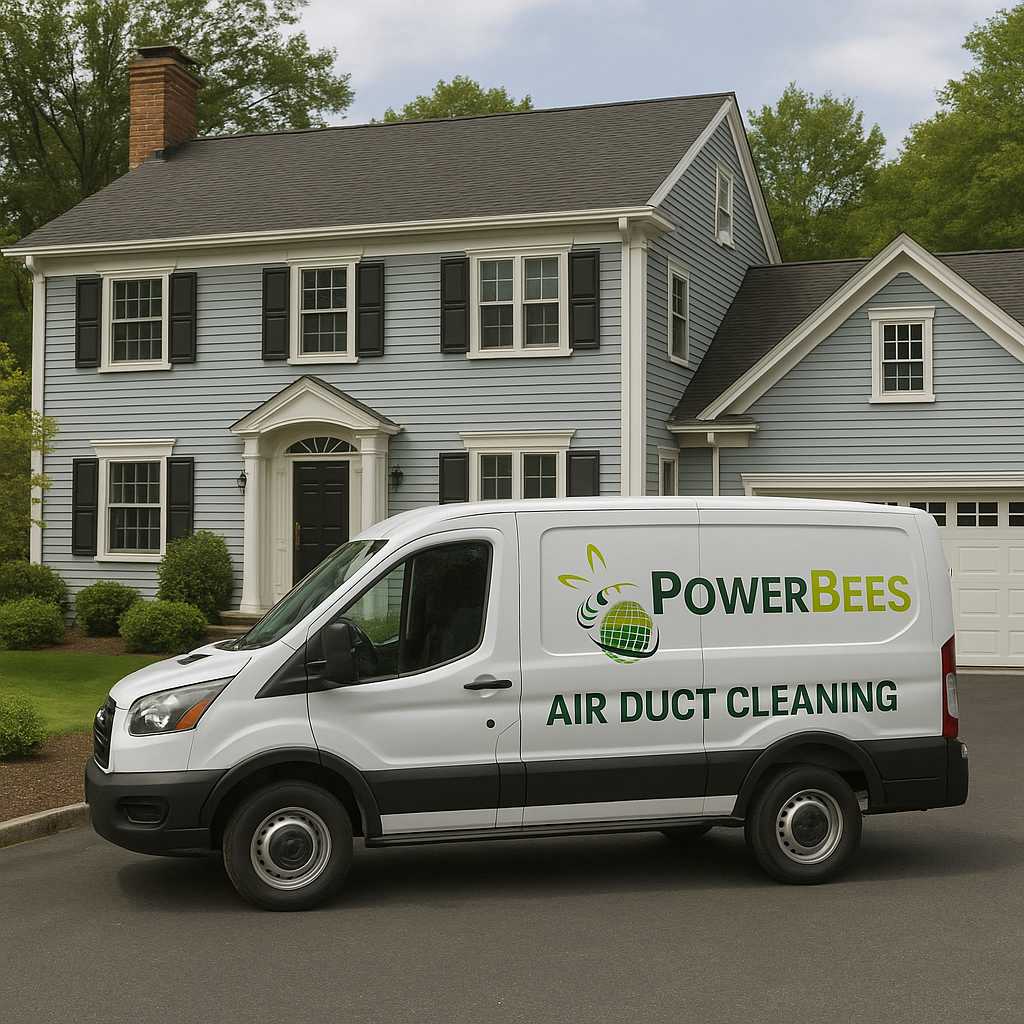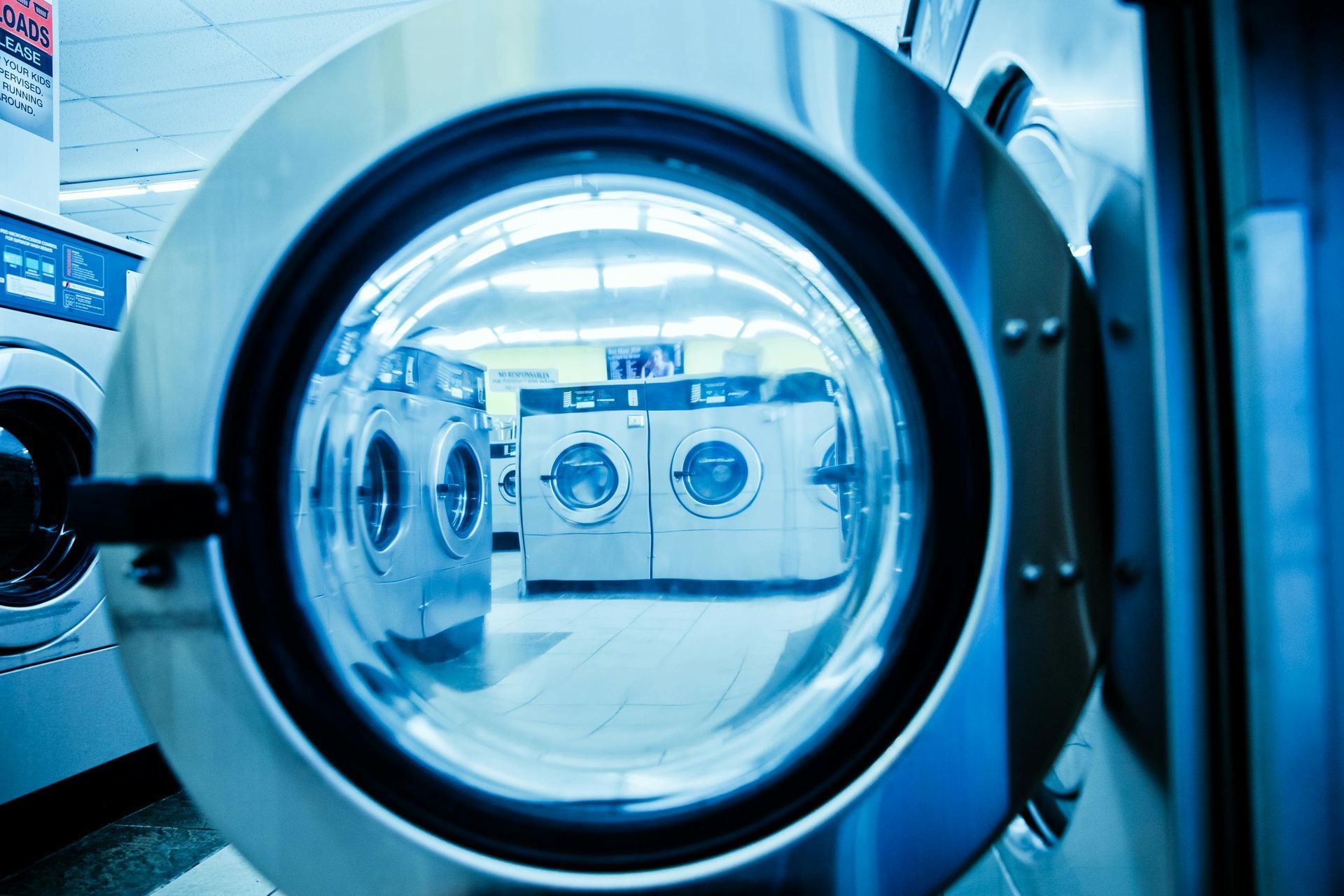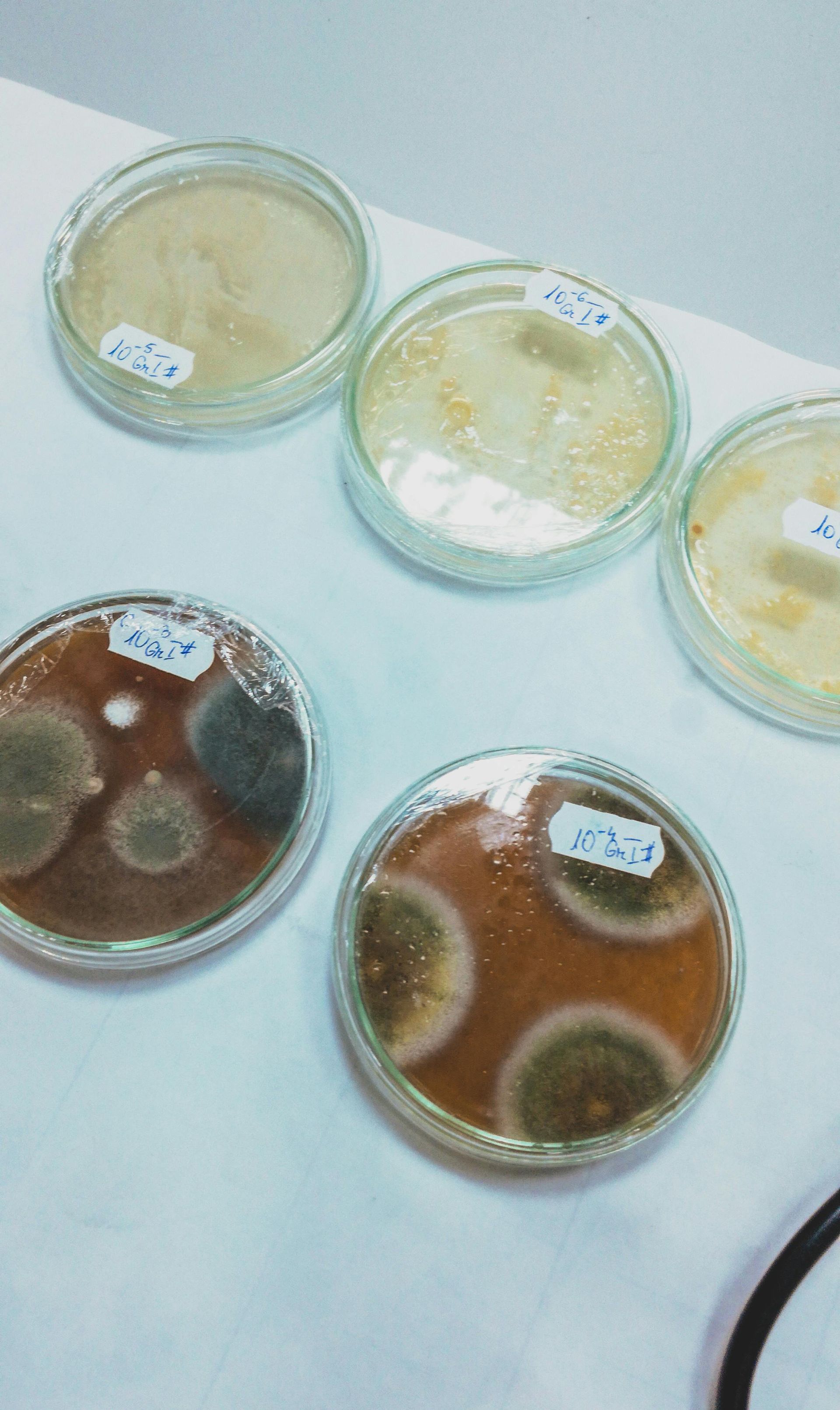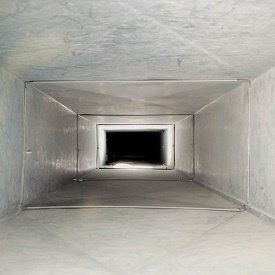Blog

© 2008 - 2025 - PRIVACY POLICY
CERTIFICATIONS
IICRC Company #189348 AIHA #201851 NAMRI #201776 CRMI #CRMI0000003283 CMR #CMR0000004049 CMI #CMI0000007580 Home Improvement Contractor Registration #161842 EPA Lead-Safe Certification for RRP #NAT-49317-1
















